In my last post, I shared four steps you can take to improve your chances for successful distribution for your indie feature film.
In this post, I want to talk about the various types of distribution deals that are out there for indie feature films. It’s a bit confusing and very subjective at times. So, you have to be careful.
Before jumping into the actual distribution deal, let me take a moment to talk about what exactly can be sold.
Territories
First, you have territories. Often, a distributor comes in and wants to distribute your film worldwide. That’s every territory, every country, every region. Other maybe, they want just foreign rights (which is everywhere in the world except the US or US and Canada). Or vice versa, they may want domestic rights or North American rights.
For Fissure, we received a few worldwide offers. The foreign distribution company that we signed with initially approached us wanting worldwide rights, but we wanted to keep our domestic rights, so we negotiated out the US and Canadian rights, and let them distribute our foreign rights.
Rights
Next, you need to understand what can be sold within those territories. Here’s a list of the rights that can be sold within each territory:
- Theatrical
- Broadcast
- DVD/Laserdisc (yes, Laserdisc!)
- Online/Download
- Pay-per-view
- Airline
Most distributors will bundle all of these in their contract. Sometimes, a distributor may come in and just request “Domestic Broadcast” or “Foreign DVD”, but usually they want all of them.
If you wanted to, you could literally carve out different variations based on territory and rights. For example, you could sell the Bulgarian PPV rights or the Thailand Broadcast rights. But honestly, you need someone who knows what they are doing and has the relationships in place to secure those deals. That’s why is common to sell all of your foreign or all of your domestic rights.
The Offer
Now that you understand territories and rights, let’s jump into what an offer looks like. There are typically three things that are the focus of most distribution deals:
- The advance
- The marketing expenses
- The royalty
These are often the three first questions I ask when an offer would come in on Fissure. What kind of advance are you paying? What are your marketing expenses and are they capped? After expenses are paid, what is our royalty?
The Advance
Today, with such a saturated market, advances are becoming more rare. I’ve heard that advances can often be your only revenue for your film. Exaggerated marketing expenses and hefty administrative cost can sometimes keep you from reaching the royalty stage.
I have a friend who received a good advance on his foreign deal and good advance on his domestic deal, but he told me that it’s really all he’s expecting in the way of revenue. There’s a royalty deal in place and even a cap on marketing expenses, but he’s convinced that the advances will be all he gets on the film.
Marketing Expenses
Marketing expenses were always the subjective part of the deal where most filmmakers were taken. I hate to say it, but this area is the most dangerous, yet the most needed.
Marketing is essential for the success of a film. You need to get the word out. Posters, advertising, PR, website, social media, box art, viral campaigns, trailer, contests, screenings, give-aways, tee-shirts, etc. It’s all needed.
The problem comes when distributors manage that. First, they mark it up to cover their management and administration of the marketing. So, if the bottom line costs for the trailer creation is $5K, they may market it up 40% and charge you $7K for the trailer. Now, they don’t charge you directly, but pull the $7K from the first money that comes in.
And, here’s the kicker–they don’t pay off marketing expenses until after they pull their royalty. So, for example, if the first order from Blockbuster comes in and it’s $50K order and the royalty deal is 50/50, and the marketing expenses are $20K, here’s how the numbers work. First, the distributor calculates his 50% off of the $50K. That’s $25K to the distributor. Then, they pay the marketing, $20K. That’s a total of $45K, and now your profit on the $50K order is $5K. It sure doesn’t feel like a 50/50 deal.
So, marketing expenses can be tricky. The two things you can push for in the contract are: a cap, so that they don’t spend more than they need and secondly, request that all marketing expenses must be agreed upon by the production company. In other words, you have approval over what they spend on marketing. I’m not sure if this is possible, but I know of a distributor who is doing this now.
Royalties
This is what is paid to the production company after all marketing expenses have been and all replication costs have been recouped. We’ve had a variety of royalty offers come our way:
- 70%-filmmaker / 30%-distributor
- 50%-filmmaker / 50%-distributor
- 30%-filmmaker / 70%-distributor
There are quite a few different deals out there.
Recently, I have seen a new type of distribution deal emerge based on a unique combination of the three areas.
In the past, most distribution deals looked like this:
- Advance: $5K to $50K
- Marketing Expenses: Capped at $20K to $50K
- Royalty: 30% to 70%
This was how most of the deals were made–an advance, with a marketing cap and a royalty.
Today, there’s a new type of deal being offered, what I call a “first-dollar, royalty deal”. It looks like this:
- Advance: $0, no advance
- Marketing Expenses: No marketing expenses
- Royalty: 30% to 50%
It’s becoming more common to have no advance, no marketing expenses and then a straight royalty. This a good for both the distributor and the producer. There is no fluffy accounting that can happen. The distributor pays the production company on the first dollar that comes in. It’s seems to be a very clean deal compared to previous distribution deals.
Our foreign distributor, Boll, offers a straight, first-dollar deal. This deal is even promoted on their website:
Our offer to you is better as what other worldsales company offers: we sell your movie for 30% but in that 30% are all our costs (from legal to marketing) what means from every sale you get no matter how small the deal is your 70%.
Closing
So, there you have it. Independent film distribution in a nut shell. Sure, there are many variations and details to film distribution, but this should give you a solid overview on the distribution process.
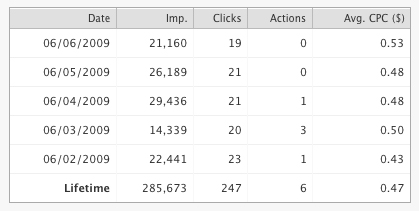








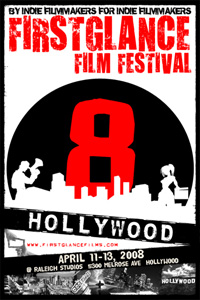



 We are having a private screening at the
We are having a private screening at the 



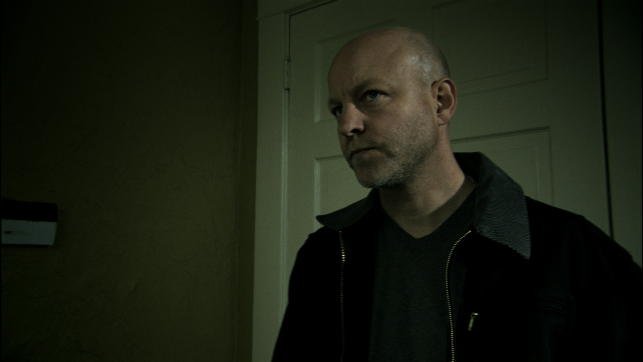

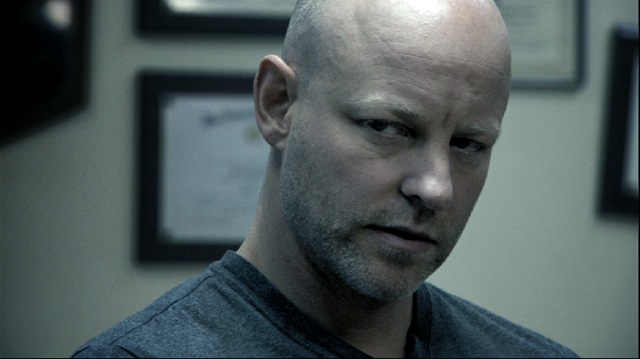





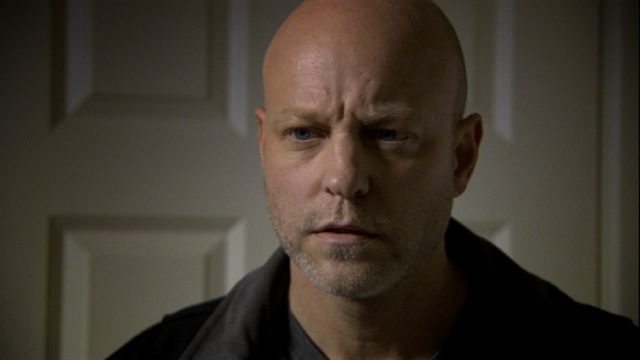



 First, we’re headed to Austin to meet with our colorist, Omar. I’ll be meeting with him today to outline a strategy for coloring the film. We’ve been talking for quite a few months, but with the edit locked, he can start to work his magic.
First, we’re headed to Austin to meet with our colorist, Omar. I’ll be meeting with him today to outline a strategy for coloring the film. We’ve been talking for quite a few months, but with the edit locked, he can start to work his magic.
















